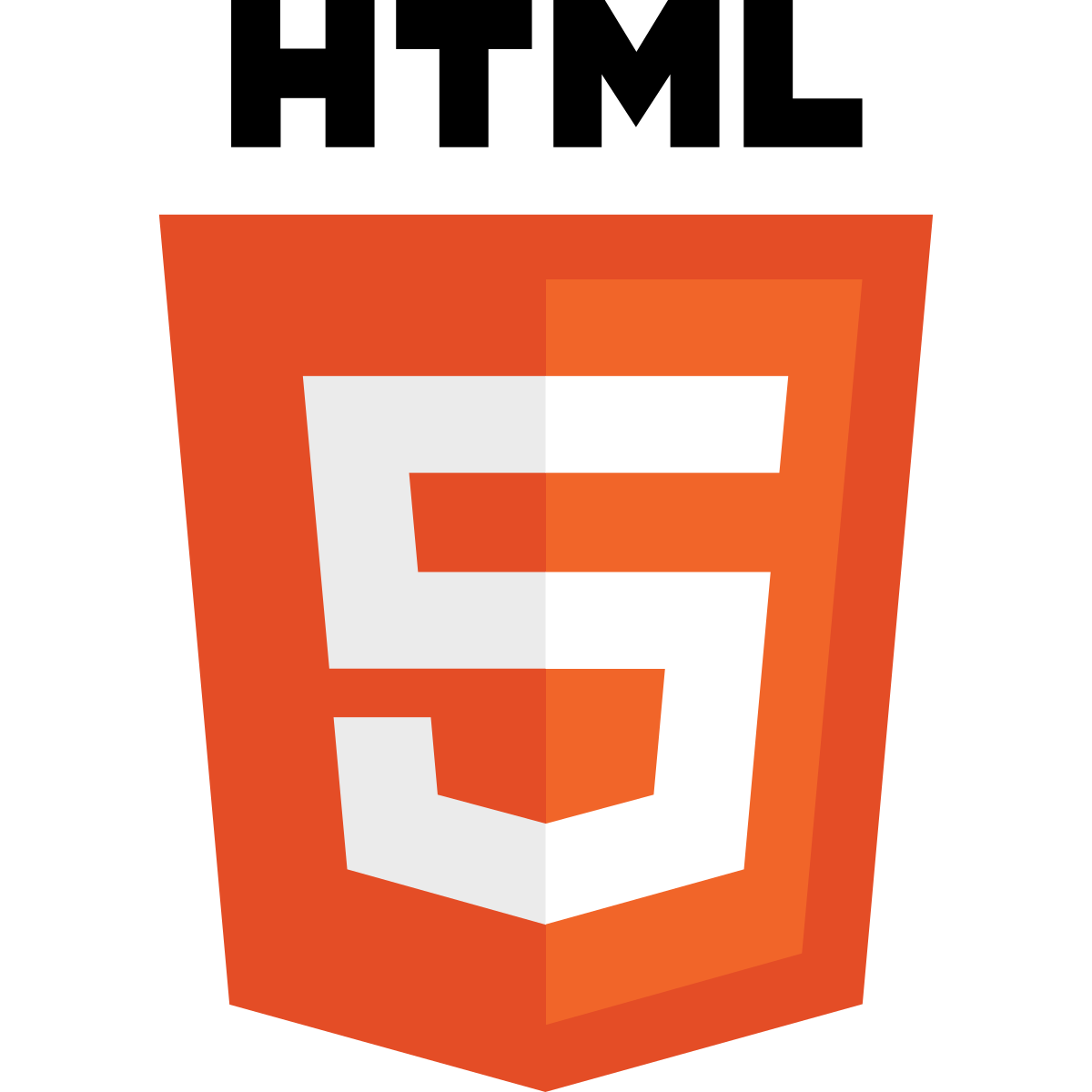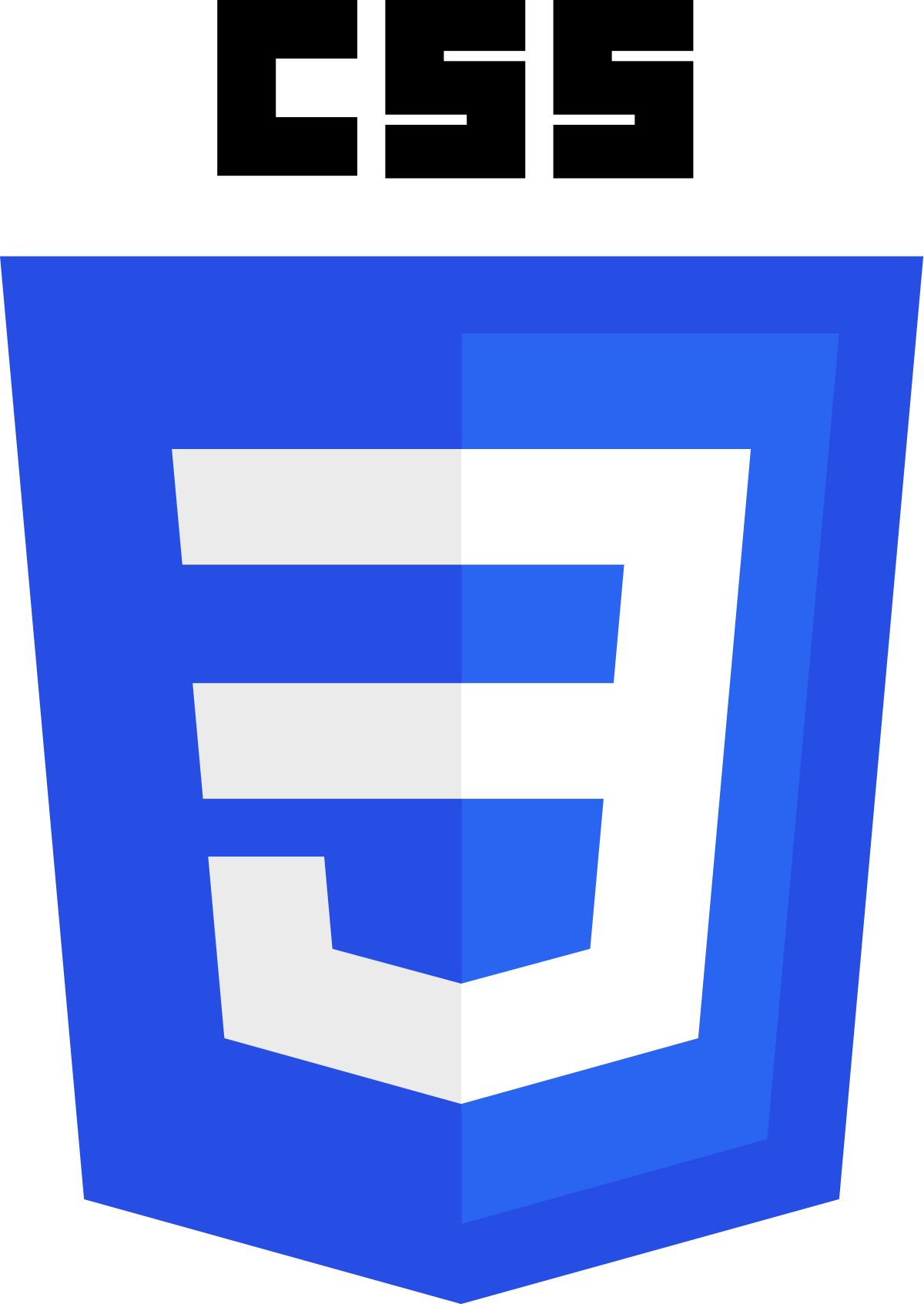White paper on HTML5, CSS, and JavaScript
COURTESY :- vrindawan.in
Wikipedia
HTML5 is a markup language used for structuring and presenting content on the World Wide Web. It is the fifth and final major HTML version that is a World Wide Web Consortium (W3C) recommendation. The current specification is known as the HTML Living Standard. It is maintained by the Web Hypertext Application Technology Working Group (WHATWG), a consortium of the major browser vendors (Apple, Google, Mozilla, and Microsoft).

HTML5 was first released in a public-facing form on 22 January 2008, with a major update and “W3C Recommendation” status in October 2014. Its goals were to improve the language with support for the latest multimedia and other new features; to keep the language both easily readable by humans and consistently understood by computers and devices such as web browsers, parsers, etc., without XHTML’s rigidity; and to remain backward-compatible with older software. HTML5 is intended to subsume not only HTML 4 but also XHTML 1 and DOM Level 2 HTML.
HTML5 includes detailed processing models to encourage more interoperable implementations; it extends, improves, and rationalizes the markup available for documents and introduces markup and application programming interfaces (APIs) for complex web applications. For the same reasons, HTML5 is also a candidate for cross-platform mobile applications because it includes features designed with low-powered devices in mind.
Many new syntactic features are included. To natively include and handle multimedia and graphical content, the new <video>, <audio> and <canvas> elements were added, expandable sections are natively implemented through <summary>...</summary> and <details>...</details> rather than depending on CSS or JavaScript, and support for scalable vector graphics (SVG) content and MathML for mathematical formulas was also added. To enrich the semantic content of documents, new page structure elements such as <main>, <section>, <article>, <header>, <footer>, <aside>, <nav>, and <figure> are added. New attributes were introduced, some elements and attributes were removed, and others such as <a>, <cite>, and <menu> were changed, redefined, or standardized. The APIs and Document Object Model (DOM) are now fundamental parts of the HTML5 specification, and HTML5 also better defines the processing for any invalid documents.
The Web Hypertext Application Technology Working Group (WHATWG) began work on the new standard in 2004. At that time, HTML 4.01 had not been updated since 2000, and the World Wide Web Consortium (W3C) was focusing future developments on XHTML 2.0. In 2009, the W3C allowed the XHTML 2.0 Working Group’s charter to expire and decided not to renew it.
The Mozilla Foundation and Opera Software presented a position paper at a World Wide Web Consortium (W3C) workshop in June 2004, focusing on developing technologies that are backward-compatible with existing browsers, including an initial draft specification of Web Forms 2.0. The workshop concluded with a vote—8 for, 14 against—for continuing work on HTML. Immediately after the workshop, WHATWG was formed to start work based upon that position paper, and a second draft, Web Applications 1.0, was also announced. The two specifications were later merged to form HTML5. The HTML5 specification was adopted as the starting point of the work of the new HTML working group of the W3C in 2007.
WHATWG’s Ian Hickson (Google) and David Hyatt (Apple) produced W3C’s first public working draft of the specification on 22 January 2008.
Cascading Style Sheets (CSS) is a style sheet language used for describing the presentation of a document written in a markup language such as HTML or XML (including XML dialects such as SVG, MathML or XHTML). CSS is a cornerstone technology of the World Wide Web, alongside HTML and JavaScript.
CSS is designed to enable the separation of content and presentation, including layout, colors, and fonts. This separation can improve content accessibility; provide more flexibility and control in the specification of presentation characteristics; enable multiple web pages to share formatting by specifying the relevant CSS in a separate .css file, which reduces complexity and repetition in the structural content; and enable the .css file to be cached to improve the page load speed between the pages that share the file and its formatting.
Separation of formatting and content also makes it feasible to present the same markup page in different styles for different rendering methods, such as on-screen, in print, by voice (via speech-based browser or screen reader), and on Braille-based tactile devices. CSS also has rules for alternate formatting if the content is accessed on a mobile device.
The name cascading comes from the specified priority scheme to determine which style rule applies if more than one rule matches a particular element. This cascading priority scheme is predictable.
The CSS specifications are maintained by the World Wide Web Consortium (W3C). Internet media type (MIME type) text/css is registered for use with CSS by RFC 2318 (March 1998). The W3C operates a free CSS validation service for CSS documents.
In addition to HTML, other markup languages support the use of CSS including XHTML, plain XML, SVG, and XUL.
CSS has a simple syntax and uses a number of English keywords to specify the names of various style properties.
A style sheet consists of a list of rules. Each rule or rule-set consists of one or more selectors, and a declaration block.

In CSS, selectors declare which part of the markup a style applies to by matching tags and attributes in the markup itself.
Selectors may apply to the following:
- all elements of a specific type, e.g. the second-level headers h2
- elements specified by attribute, in particular:
- id: an identifier unique within the document, denoted in the selector language by a hash prefix e.g.
#id - class: an identifier that can annotate multiple elements in a document, denoted by a dot prefix e.g.
.class name(the phrase “CSS class”, although sometimes used, is a misnomer, as element classes—specified with the HTML class attribute—is a markup feature that is distinct from browsers’ CSS subsystem and the related W3C/WHAT WG standards work on document styles; see RDF and micro formats for the origins of the “class” system of the Web content model)
- id: an identifier unique within the document, denoted in the selector language by a hash prefix e.g.
- elements depending on how they are placed relative to others in the document tree.
Classes and IDs are case-sensitive, start with letters, and can include alphanumeric characters, hyphens, and underscores. A class may apply to any number of instances of any element. An ID may only be applied to a single element.
Pseudo-classes are used in CSS selectors to permit formatting based on information that is not contained in the document tree. One example of a widely used pseudo-class is :hover, which identifies content only when the user “points to” the visible element, usually by holding the mouse cursor over it. It is appended to a selector as in a:hover or #element id:hover. A pseudo-class classifies document elements, such as :link or :visited, whereas a pseudo-element makes a selection that may consist of partial elements, such as ::first-line or ::first-letter. Note the double-colon notation for pseudo-elements versus single-colon notation for pseudo-class.
Selectors may be combined in many ways to achieve great specificity and flexibility. Multiple selectors may be joined in a spaced list to specify elements by location, element type, id, class, or any combination thereof. The order of the selectors is important. For example, div .my Class {color: red;} applies to all elements of class my Class that are inside div elements, whereas .my Class div {color: red;} applies to all div elements that are inside elements of class my Class. This is not to be confused with concatenated identifiers such as div.my Class {color: red;} which applies to div elements of class my Class.
JavaScript is a high-level, often just-in-time compiled language that conforms to the ECMAScript standard. It has dynamic typing, prototype-based object-orientation, and first-class functions. It is multi-paradigm, supporting event-driven, functional, and imperative programming styles. It has application programming interfaces (APIs) for working with text, dates, regular expressions, standard data structures, and the Document Object Model (DOM).
The ECMAScript standard does not include any input/output (I/O), such as networking, storage, or graphics facilities. In practice, the web browser or other runtime system provides JavaScript APIs for I/O.
JavaScript engines were originally used only in web browsers, but are now core components of some servers and a variety of applications. The most popular runtime system for this usage is Node.js.

Although Java and JavaScript are similar in name, syntax, and respective standard libraries, the two languages are distinct and differ greatly in design.
The first web browser with a graphical user interface, Mosaic, was released in 1993. Accessible to non-technical people, it played a prominent role in the rapid growth of the nascent World Wide Web. The lead developers of Mosaic then founded the Netscape corporation, which released a more polished browser, Netscape Navigator, in 1994. This quickly became the most-used.
During these formative years of the Web, web pages could only be static, lacking the capability for dynamic behavior after the page was loaded in the browser. There was a desire in the flourishing web development scene to remove this limitation, so in 1995, Netscape decided to add a scripting language to Navigator. They pursued two routes to achieve this: collaborating with Sun Micro Systems to embed the Java programming language, while also hiring Brendan Eich to embed the Scheme language.
Netscape management soon decided that the best option was for Eich to devise a new language, with syntax similar to Java and less like Scheme or other extant scripting languages. Although the new language and its interpreter implementation were called Live Script when first shipped as part of a Navigator beta in September 1995, the name was changed to JavaScript for the official release in December.
The choice of the JavaScript name has caused confusion, implying that it is directly related to Java. At the time, the dot-com boom had begun and Java was the hot new language, so Eich considered the JavaScript name a marketing ploy by Netscape.
